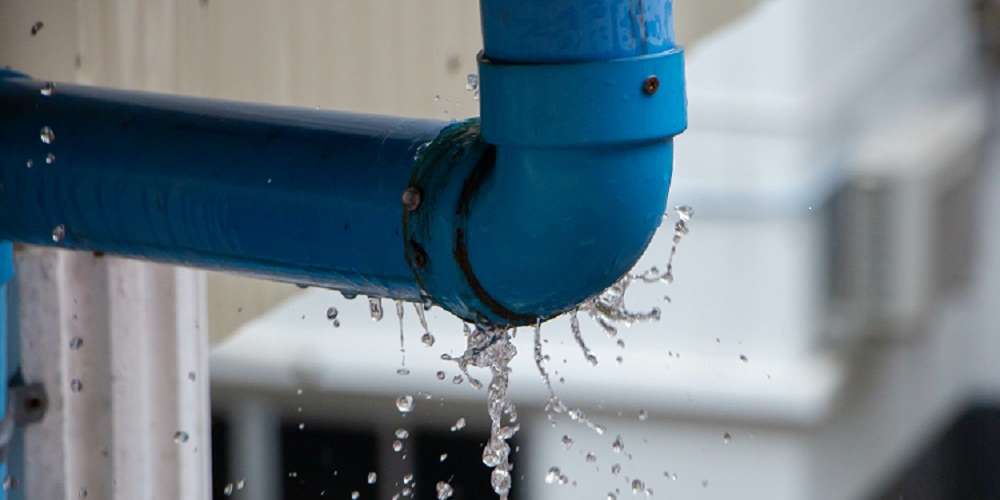How to Inspect If Your House Has a Surprise Leak
How to Inspect If Your House Has a Surprise Leak
Blog Article
Are you currently trying to locate help and advice on Locating water leaks?

Early detection of dripping water lines can mitigate a possible calamity. Some small water leaks may not be visible.
1. Take A Look At the Water Meter
Every home has a water meter. Examining it is a proven way that aids you uncover leaks. For beginners, shut off all the water sources. Make sure no one will certainly purge, utilize the faucet, shower, run the cleaning maker or dishwasher. From there, go to the meter and also watch if it will transform. Since no one is using it, there need to be no motions. If it moves, that indicates a fast-moving leakage. Also, if you detect no changes, wait a hr or 2 and examine back once more. This indicates you may have a slow leakage that can also be below ground.
2. Inspect Water Consumption
If you find sudden changes, despite your intake being the very same, it means that you have leakages in your plumbing system. An abrupt spike in your expense indicates a fast-moving leakage.
A constant rise every month, also with the very same behaviors, shows you have a sluggish leakage that's also gradually intensifying. Call a plumber to completely inspect your residential or commercial property, especially if you really feel a warm area on your floor with piping below.
3. Do a Food Coloring Examination
When it involves water usage, 30% originates from commodes. Test to see if they are running correctly. Drop specks of food color in the tank and wait 10 mins. There's a leakage in between the tank as well as bowl if the shade somehow infiltrates your dish throughout that time without flushing.
4. Asses Exterior Lines
Do not fail to remember to check your outside water lines also. Ought to water leak out of the link, you have a loose rubber gasket. One tiny leak can waste tons of water and also surge your water expense.
5. Examine and also Examine the Circumstance
House owners need to make it a habit to inspect under the sink counters and even inside cupboards for any kind of bad odor or mold and mildew growth. These two warnings suggest a leak so timely interest is required. Doing routine inspections, even bi-annually, can save you from a significant trouble.
If you understand your home is currently old, maintain a watchful eye on your heating systems, hoses, pipelines etc. Check for stainings and also compromising as the majority of appliances and also pipes have a life span. They will also normally weaken because of tear and use. If you suspect dripping water lines in your plumbing system, don't wait on it to intensify. Call a professional plumber immediately so you don't wind up with an awful mess in your home.
Early discovery of leaking water lines can alleviate a possible disaster. Some small water leakages may not be noticeable. Checking it is a surefire method that assists you find leakages. One little leakage can squander lots of water as well as spike your water costs.
If you think leaking water lines in your plumbing system, do not wait for it to intensify.
WARNING SIGNS OF WATER LEAKAGE BEHIND THE WALL
PERSISTENT MUSTY ODORS
As water slowly drips from a leaky pipe inside the wall, flooring and sheetrock stay damp and develop an odor similar to wet cardboard. It generates a musty smell that can help you find hidden leaks.
MOLD IN UNUSUAL AREAS
Mold usually grows in wet areas like kitchens, baths and laundry rooms. If you spot the stuff on walls or baseboards in other rooms of the house, it’s a good indicator of undetected water leaks.
STAINS THAT GROW
When mold thrives around a leaky pipe, it sometimes takes hold on the inside surface of the affected wall. A growing stain on otherwise clean sheetrock is often your sign of a hidden plumbing problem.
PEELING OR BUBBLING WALLPAPER / PAINT
This clue is easy to miss in rooms that don’t get much use. When you see wallpaper separating along seams or paint bubbling or flaking off the wall, blame sheetrock that stays wet because of an undetected leak.
BUCKLED CEILINGS AND STAINED FLOORS
If ceilings or floors in bathrooms, kitchens or laundry areas develop structural problems, don’t rule out constant damp inside the walls. Wet sheetrock can affect adjacent framing, flooring and ceilings.
https://www.servicemasterbyzaba.com/blog/how-to-detect-water-leakage-in-walls/

Hopefully you enjoyed our section on Finding hidden leaks. Thank you so much for taking the time to browse our blog. Do you know about another person who is truly interested in Leaking water lines? Feel free to share it. Thanks a lot for going through it.
Report this page